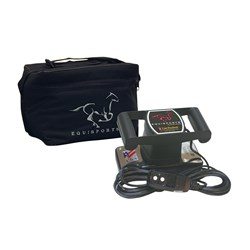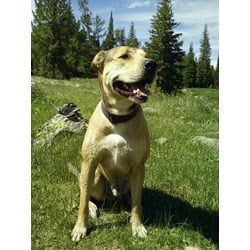Equine Massage Therapy
Massage therapy assist in keeping the horse healthy. Read on down the page to learn of how it can help your horse and improve its performance.
What Is Equine Massage Therapy?

It is a technique where the therapist uses her hands and body to manipulate soft tissue and muscles, rubbing and massaging the skin over muscles. She uses slower or faster movement depending on how deep the muscle and what she is fixing. In this way the vascular system and blood circulation is enhances which positively effects the health and well-being of the horse. This is partly because oxygen and nutrients to an area are improved by the blood circulation improvement and by the vascular system taking toxins away more effectively.
Horses love to be touched, for them it is a way of being praised so giving your horse a massage once a week will improve your connection with him and improve his moods, his well being and health and possibly even his performance.
Massage can be used for repairing injuries and for general well-being for the horse.
The benefits of massage therapy
 Benefits of Massage
Benefits of Massage
Improves circulation and improves/maintains muscle tone
Reduces congestion within blood and lymph vessels
Reduces inflammation of tissue in joints as well as enhances nutritional aspects
Prevents the formation of adhesions and fibrous bands in muscles, tendons and ligaments
Increases intestinal movement
Stimulates glands and helps clean pores
Stimulates or relaxes the nervous system
Increases the exchange of substances between cells
Increases excretion of fluids, encourages tissue repair, stretches connective tissue, frees nerve pathways
Reduces muscle tensions and strain, removes muscle toxins, relaxes muscle spasm
Helps maintain flexibility and achieves a “state of readiness” and allows muscles to perform to their maximum capacity
Reduces chances of injury and enhances injury recovery
Increases range of movement
Is your horse trying to tell you something?
 Changes in behaviour e.g. bucking, rearing, kicking, biting
Changes in behaviour e.g. bucking, rearing, kicking, biting
Horses which are girthy or sensitive in the chest region
Flattening over fences or refusing
Unwillingness to work on the bit
Falling out through the shoulder
Holding the head or tail to one side
Hollowing the back when ridden
Reluctance or inability to strike off on the correct canter lead
Reduced impulsion or dragging the toes
Cold backed or reluctant to be saddled/bridled or not standing still whilst being mounted/ridden
Reluctance to go forward or running out from under the rider
Any reduction in performance levels
All these are symptoms of an unhappy horse. Massage may be able to help.
Equine Injury Helpers




